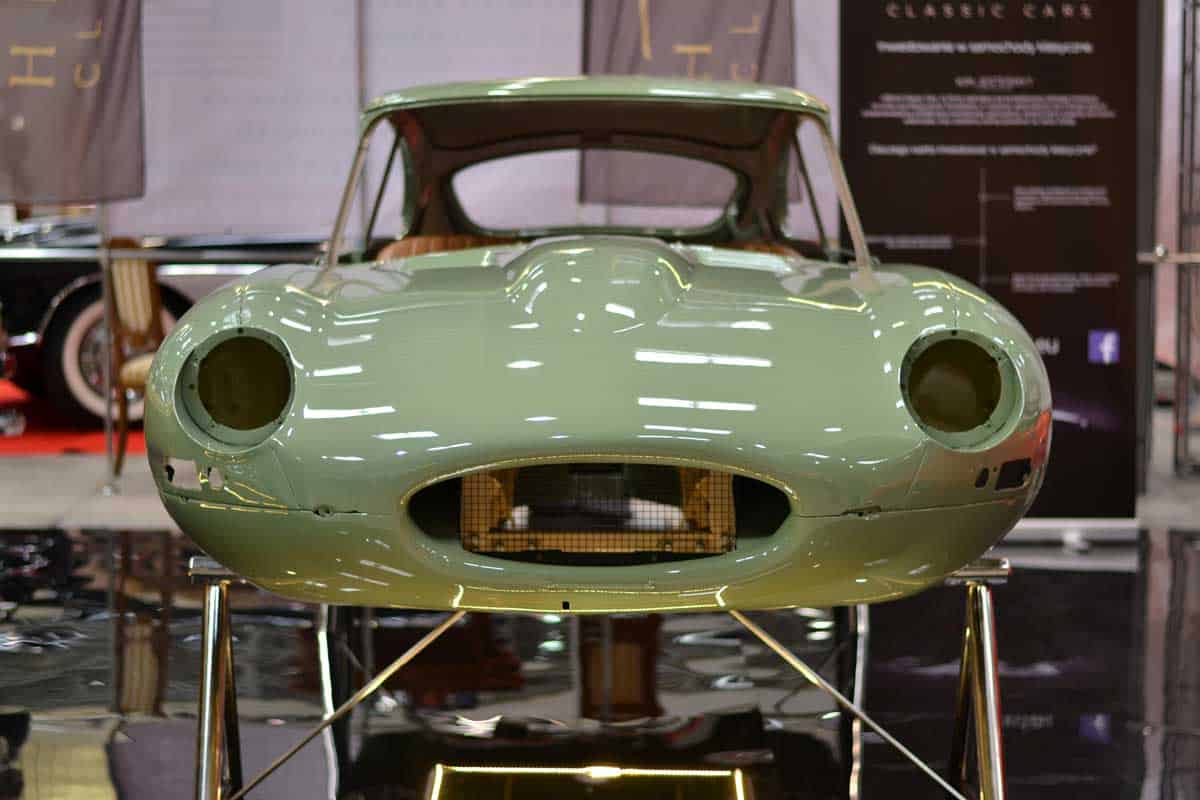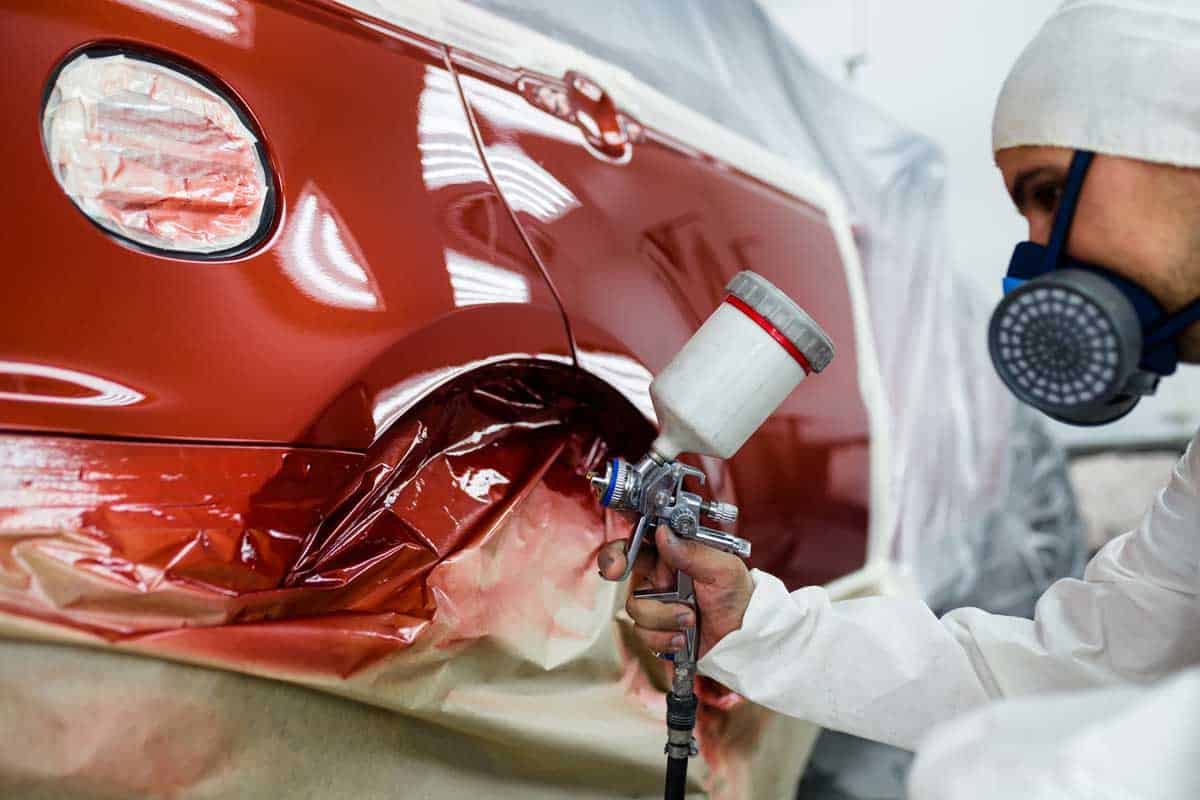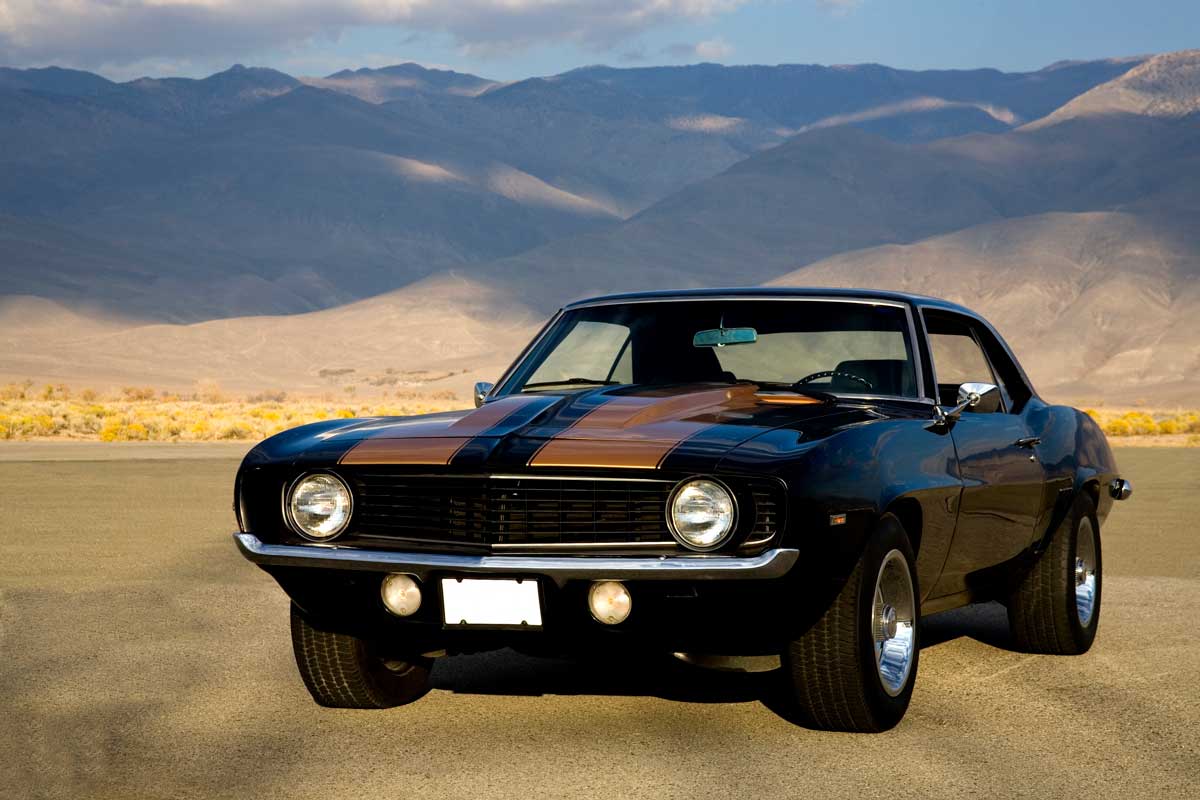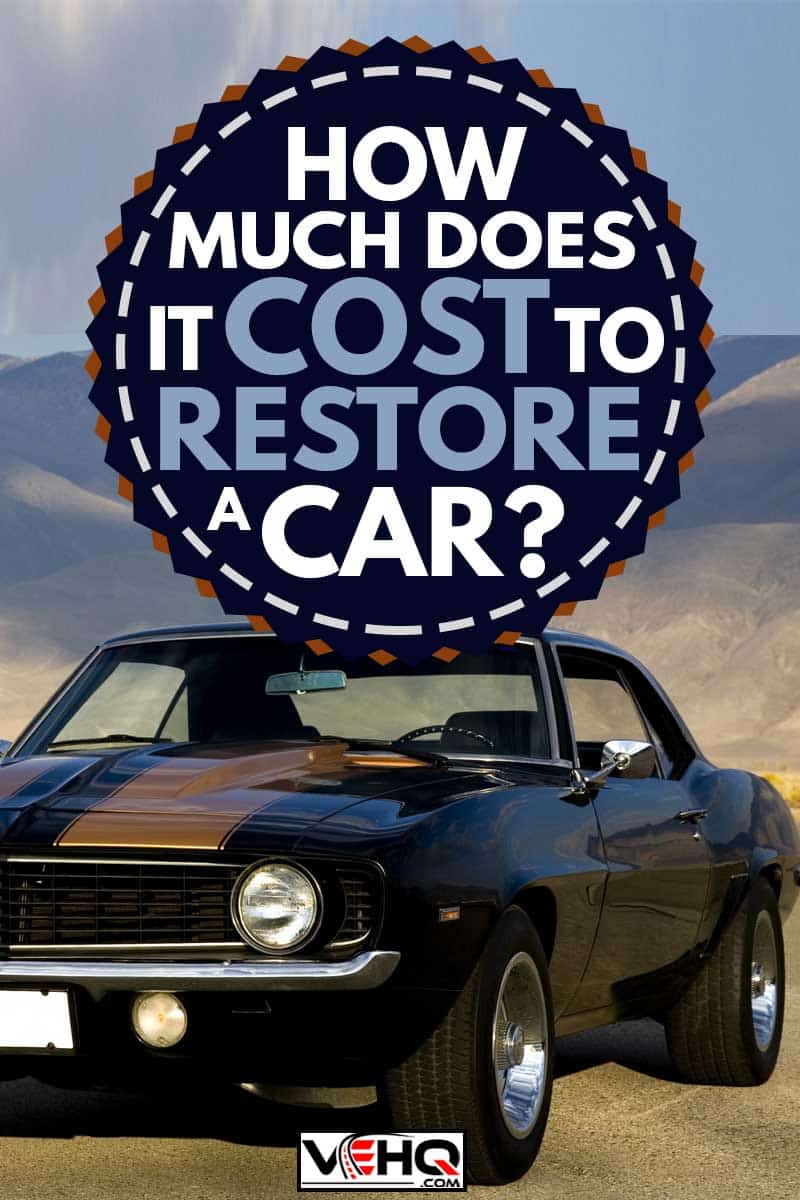Restoring a classic car demands a hefty financial investment, typically from $30,000 to $70,000. As engineering marvels, these vintage vehicles fall prey to the wearing effects of time.
Resurrecting them to their original splendor requires combating extensive decay. While many non-working cars end up junked, some classics defy this fate due to their rich histories. The high cost of reviving these automotive relics is outweighed by the unparalleled joy of cruising in a restored beauty.
The restoration tab includes meticulous processes like fully disassembling the car and rebuilding the worn frame. This undertaking transforms the car, granting it new life with a pristine, fresh coat of paint. Investing in a complete restoration allows vintage cars to reclaim their status as prized possessions.
The Process of a Complete Car Restoration
Cars left sitting unused succumb to pervasive rust over time. Extensive damage demands repairs to the body, mechanics, and electricals to combat deterioration. While not easy, restoring vintage cars to their original glory remains achievable.
eBay provides a trove of classic project cars awaiting restoration. Cost estimates rely on standard restoration shop rates of approximately $77 an hour. The total tabs factor in the average hours for each restoration task. Careful budgeting curbs sticker shock when resuscitating an automotive relic.
Step 1. Stripping the Car's Frame

Cost: Varies widely, estimated between $1,540 to $7,700
The restoration begins with carefully taking apart the car and stripping its frame. This stage exposes all components from the car's chassis, each ready for replacement evaluation.
It's tempting to replace everything, but many parts withstand time. Inspect and list parts needing replacement to estimate costs.
Variables like frame size and condition affect costs. Just sandblasting runs $300 to $1,500 for DIY.
Total labor tallies 395 to 550 hours if paying yourself shop rates of approximately $77 per hour. It's more than stripping alone.
The cost spectrum for this stage is broad, swayed by factors such as the frame's size and condition, geographical location, and the chosen service provider. For instance, sandblasting, a prevalent frame-stripping method, could cost anywhere from $300 to $1,500.
This initial step provides budget insight, albeit with variability. Careful planning keeps costs on target for your restoration journey.
Step 2: Prepping the Car for Paint and Repairing Body Damage
Cost: Varies, Estimate: $1,550 to $5,400
In this step, auto shops prepare the car for new paint and fix body damage to enhance its look and structure. The pre-painting prep includes sanding, sandblasting, and chemical baths to create a smooth surface for painting.
Rust is a common problem. Minor rust may need a thorough scrub, but severe rust requires cutting out the bad areas and welding in new metal. This careful rust removal ensures the paint sticks well, showing off a renewed look rather than a flaky mess.
The cost for this step ranges from $1,550 to $5,400 but can vary based on the damage, hourly rates, and location. For example, a high-end repair could cost $7,000 to $15,000. A basic respray, with 40 hours of prep, might cost around $3,600 at $90 per hour.
Step 3. Mechanical Restoration
Cost: $10,000 to $35,000 (can vary)
Mechanical restoration is crucial, especially for daily driving. It addresses the engine, transmission, and suspension to ensure drivability. Costs can range from $15,000 to $30,000 or more, influenced by the car's condition, local labor rates, and part availability.
A handy tip: if in doubt about a component's state, it's wise to replace it. Different factors, including engine size and condition, substantiate the cost variability. While the process can be expensive, it's fundamental for a reliable and safe driving experience post-restoration.
Step 4. Painting the Car

Cost: $7,500 to $15,000
Once the car is in good mechanical condition, it's time to enhance its appearance with a professional paint job. This phase involves applying multiple layers of paint, thorough polishing, and careful attention to detail.
A high-quality paint job revives the car's original allure, making it stand out on the road. For a durable and visually appealing outcome, investing in high-quality materials that withstand harsh weather conditions is crucial.
Step 5. Reassembly
Cost: $3,000 to $14,000
With all restoration tasks completed, it's time to reassemble the car. Reassembly often takes longer than disassembly, resulting in more labor hours at the restoration shop.
As each part is carefully repositioned on the frame, the car begins to regain its former shape, looking as good as new. It's crucial to place each piece gently to avoid damaging the fresh paint job or other restored parts.
Step 6. Interior Work
Cost: $2,000 to $7,000
The final part of car restoration is repairing the upholstery and restoring it to its original form. Over the years, a car's upholstery will start to wear out. Depending on your budget, you can opt for an interior kit that many companies carry, such as Classic Car Interior.
For those with a larger budget, a custom interior job at a restoration shop is a great choice for a pristine finish. Custom work allows for personal specifications, ensuring your car's interior is tailored to your liking.
Is It Worth Restoring A Car?

Deciding whether to restore a car hinges on several factors. Here’s a breakdown:
Financial Aspect:
- Resale Value vs. Restoration Cost: Compare the restoration cost with the car's potential resale value if you plan to resell the car for profit. The cost of restoration often exceeds the resale value unless the car is a rare collectible.
- Demand and Model: Popular classic models like Mustangs or Camaros may offer better financial returns due to higher demand and available parts.
Personal Value:
- Passion and Enjoyment: If the car holds sentimental value or restoring it is a personal dream, the monetary aspect might be secondary. Restoration could provide immense personal satisfaction.
Budget:
- Budget Assessment: Check your budget to see if you can afford the restoration. Consider the extent of work needed – a minor fix or a complete overhaul.
Condition and Restoration Extent:
- Car Condition: Cars in better condition requiring less work might be more cost-effective to restore.
Parts and Skills Availability:
- Parts and Skills: Make sure the necessary parts are available, and you have access to skilled labor. Some cars may require specialized skills or have scarce parts, escalating costs.
Market Trends:
- Market Demand: Check market trends for your car model in its current condition and after restoration.
Restoring a car could be worth it if it fulfills personal desires, aligns with your budget, and, if reselling, has a favorable market demand. It's a blend of personal, financial, and market considerations that will guide your decision on car restoration.
How Long Does It Take To Restore A Car?
The time it takes to restore a car depends on many factors. These encompass the car's existing condition, the restoration scope, and the restorer's expertise. Here's a breakdown based on various sources:
Labor Hours:
- A standard frame-off restoration for a mid-sized GM car may take 395 to 550 labor hours.
- Full restoration projects for classic cars typically hover around 1,000 hours.
- In professional settings, a complete restoration could take 4,000 to 5,000 hours.
- Restoring a vehicle to its original state may take roughly 600 to 1000 labor hours.
Car Condition and Restoration Goals:
- The car type and its current state significantly affect the restoration time. Older or more utilized cars could necessitate more thorough work, thereby extending the restoration period.
Knowledge and Skills:
- The more adept you are, the quicker the restoration. A lack of expertise could lengthen the restoration, especially if you need to learn as you go.
Budget:
- Budget limits can also prolong the restoration time as you save money for needed parts and tools.
Level of Detail:
- A higher detail level, especially with a penchant for original parts, could extend the restoration considerably.
Considering these variables, the average restoration timeframe spans between eight months to four years. This wide range matches the differences in labor hours based on the factors above.
Professional restorations in busy shops might veer towards the longer end, while individual restorations, especially by novices or those on a stringent budget, could extend beyond this range.
What is the Easiest Car to Restore?

Click Here to See a Complete Guide to Restoring a Mustang on Amazon
Classic Ford Mustangs from 1965 to 1970 are among the easiest cars to restore. These cars are easy to restore because their parts are still made today. The parts for these cars are affordable, which makes restoration cheaper compared to other cars of the same age.
Restoring a classic Mustang need not break the bank. Savvy sourcing finds affordable parts to curb costs. An array of resources and seasoned restorers can answer Mustang restoration questions.
Reference books offer step-by-step guidance for reviving these icons of American muscle. With some diligence, Mustang dreams can become a reality without derailing your budget.
Final Reflections
Having explored the detailed process of car restoration, you can now plan the goals you want to achieve with your project.
A full car restoration requires a budget between $30,000 to $70,000 to complete the process. The cost may vary based on the car model, its condition, and the quality of the parts chosen.


I’m pleased to say that your car restoration post is of a lot of interest to readers. I never give it enough thought to say anything. You’re doing an excellent job. Keep up the excellent work.
I have a 2000 Suzuki Vitara 4×4.
I have already had new mechanical work, brakes,electrical, etc.
It’s rusted out underneath but still runs. I’m trying to find a restorer and a price. Any help would be most appreciated.
Thank you
Phyllis
@Phyllis Libretti, I’m in the same boat but with a Tacoma truck. It’s really difficult to find answers! Hope you are getting help out there with your car!